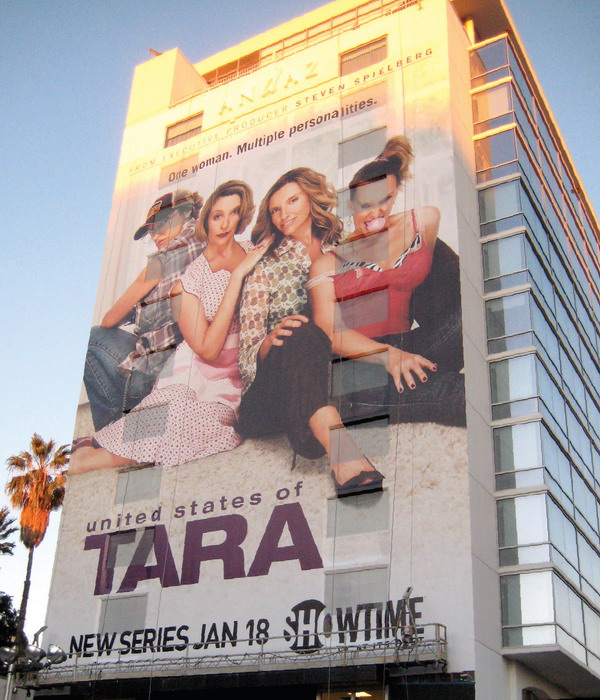In business since 1967, Graphitek (Hoosick Falls, NY) began producing building wraps in 2004. Al Randle, Graphitek’s general manager, said they represent approximately 10% of the company’s sales volume. They’ve produced them for campaigns installed throughout NYC, as well as LA, Miami, Chicago and Boston.
“We’ve been able to build a good customer base simply through our website, word of mouth and repeat business,” he said.
The need for breathability, wind resistance and comparatively light weight usually steers Graphitek to mesh material for wraps, although Randle sometimes recommends perforated window films in lieu of “floating” banners for glass surfaces.
Graphitek doesn’t RF-weld its building wraps. Instead, the shop tiles 10-ft.-wide portions and assembles them into 30 x 30-ft. sections to be joined together with loops and Velcro® fasteners. Randle said, “The resulting wrap can scale to any size, and bigger is always better when it comes to building wraps.”
Sometimes, to secure a wrap to a masonry building, Graphitek will drill in screws at 18-in. intervals. Or, to get a wrap around a curved surface, such as a water tower, installers will incorporate a ratchet system. When installing a wrap atop a surface that requires extra care, such as an historical building, Randle said Graphitek will engineer a custom, cable apparatus.
After executing its design process with Adobe® Creative Suite® 4, the shop prints its wraps on either its EFI-VUTEk 3360 or Mimaki JV-3 solvent-ink printer using the ColorBurst 8.2 or Onyx ProductionHouse 10 RIP. To provide optimal structural integrity, the shop general tiles out its wraps. Randle says, because extremely large, single panels are unwieldy to handle during installation, Graphitek works with a maximum 60-ft. width and 30-ft. length. Because of the demanding installation constraints, Randle said, if the shop can’t buy insurance for a job, it won’t undertake it.
He states the economic downturn actually benefitted the wrap market: “The recession caused everyone to thoroughly consider the return on investing in a building wrap. More of our customers are adding sales and public-relations staff to complement their marketing personnel. They look at installing building wraps as a promotional tie-in to events and product launches. I’d say project-cycle times increased during the recession, but few clients disappeared. In NYC, things didn’t miss a beat.”
Advertisement
Randle said the permitting process is a huge challenge for wraps because of the protracted lead times waiting for government officials to furnish approval documents and arrange for required street closures. But, “fines for working without proper permits can cost thousands of dollars per day, so skipping that isn’t an option.”
Also, he said landlords’ excessive concern about liability and potential property damage can sometimes present an obstacle to getting a job or finishing in a timely fashion.



 Tip Sheet1 week ago
Tip Sheet1 week ago
 Ask Signs of the Times3 days ago
Ask Signs of the Times3 days ago
 Real Deal1 week ago
Real Deal1 week ago
 Benchmarks5 days ago
Benchmarks5 days ago
 Editor's Note2 weeks ago
Editor's Note2 weeks ago
 Women in Signs1 week ago
Women in Signs1 week ago
 Photo Gallery1 week ago
Photo Gallery1 week ago
 Women in Signs1 week ago
Women in Signs1 week ago







